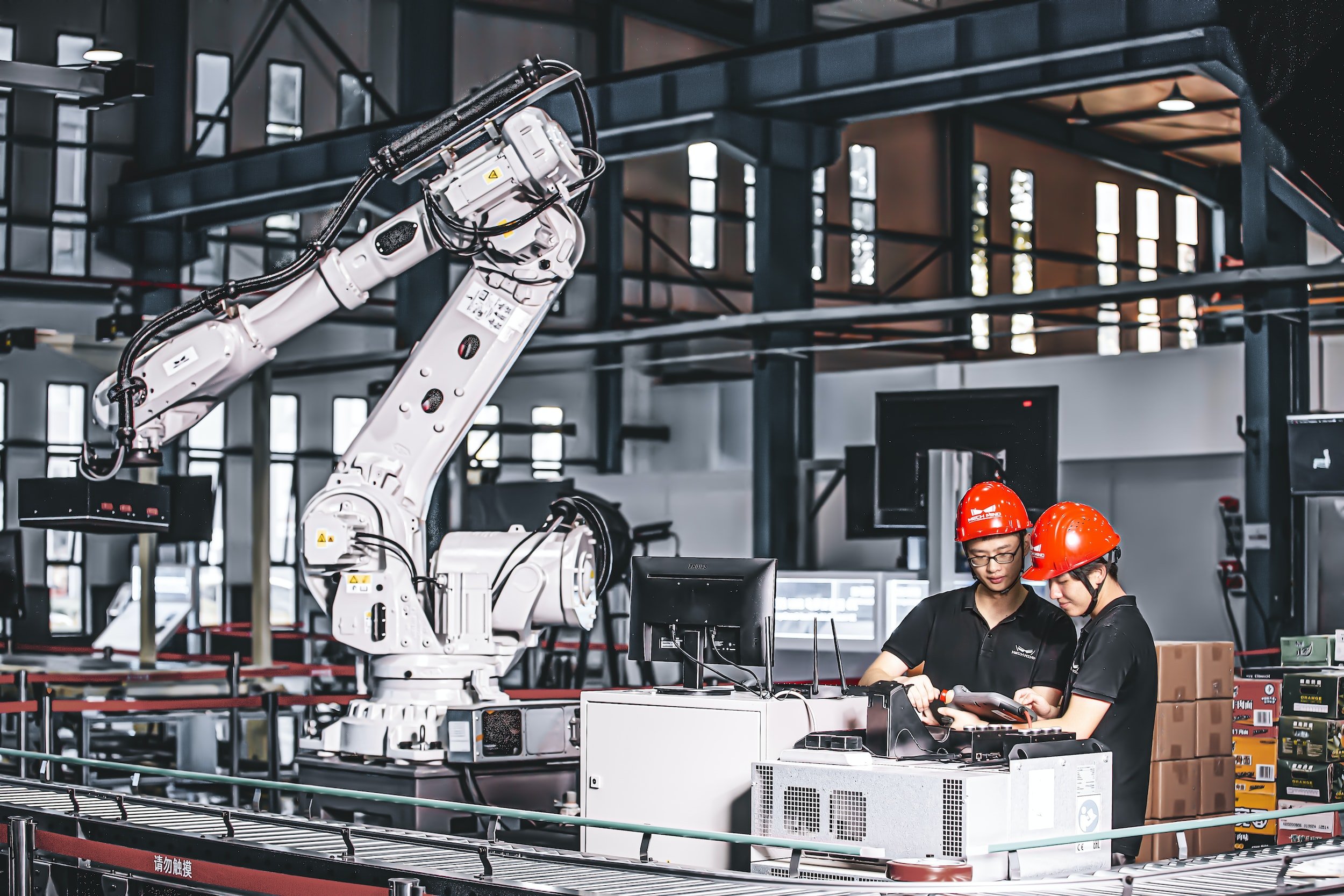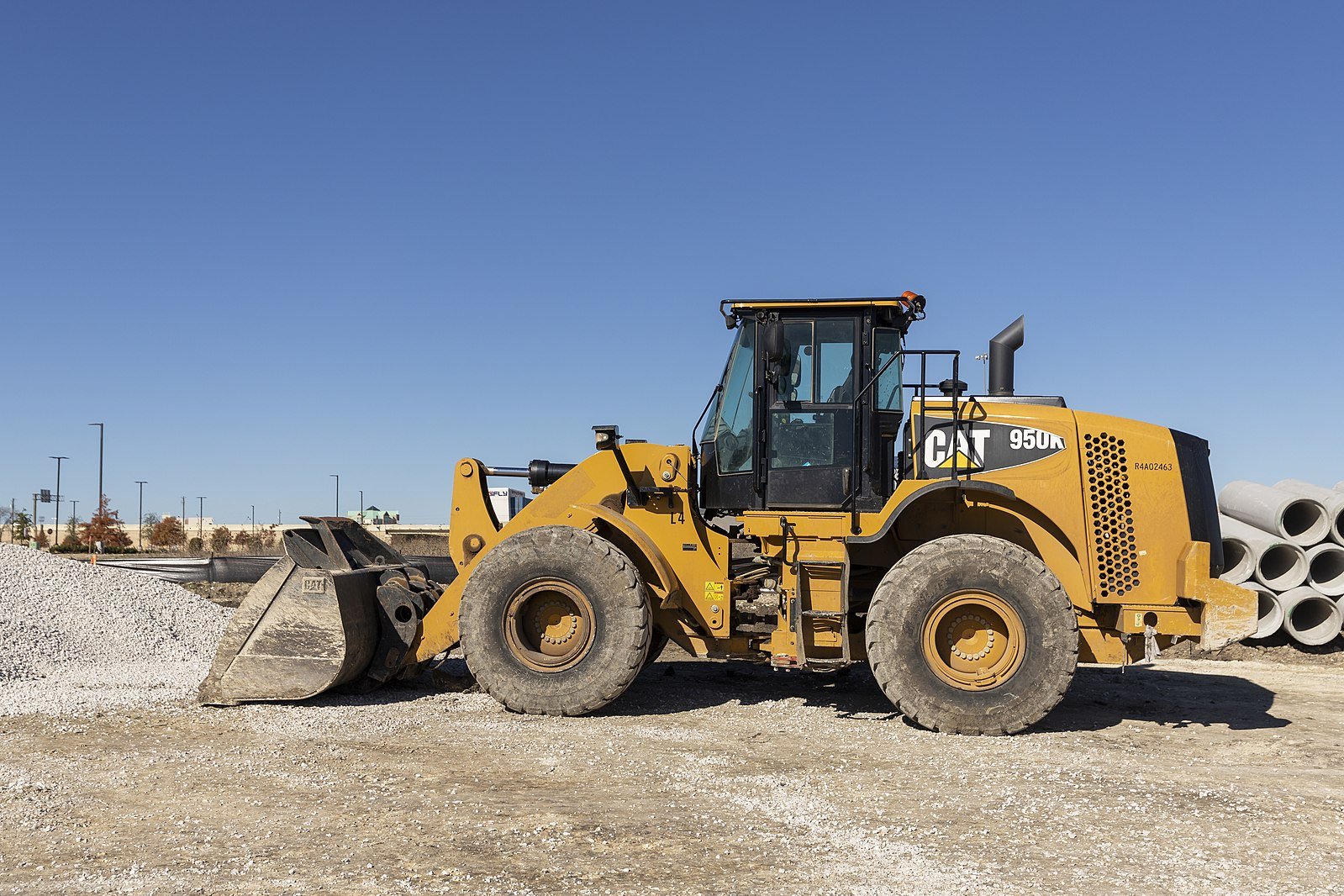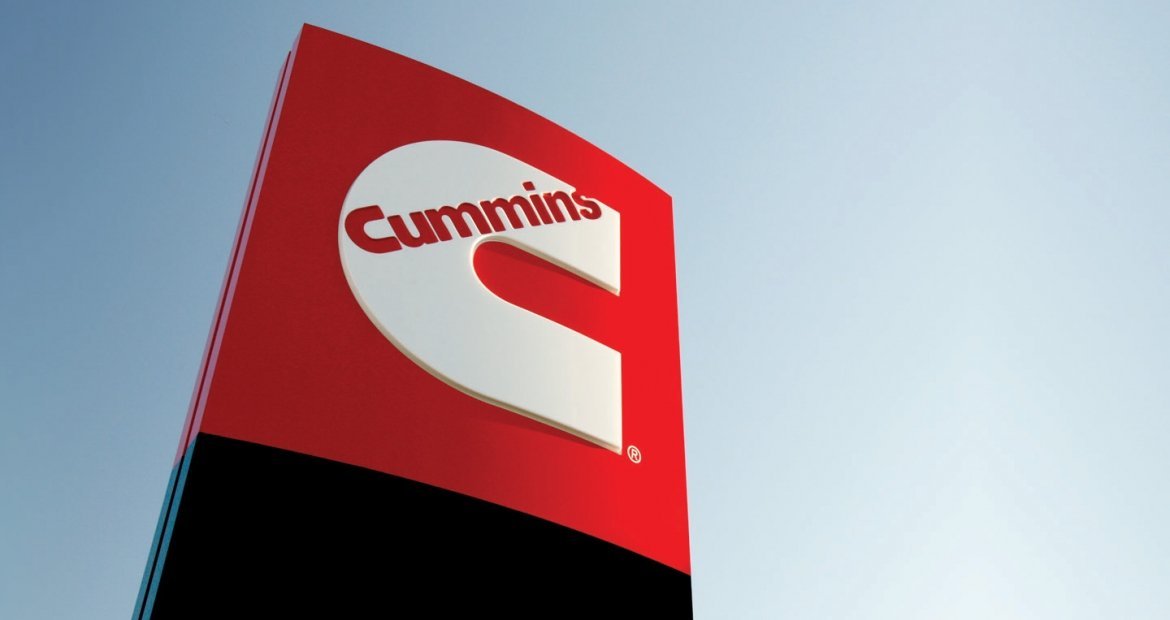
Learn how the Industrial Manufacturing industry works
The industrial manufacturing sector includes many large companies that you might never have heard of - but you probably use some of their products every day.
You might travel up in an elevator made by OTIS or KONE, or you might turn on the air-conditioning made by Johnson Controls.
Traditionally the manufacturing industry has been seen as slow to adopt new technology, but today there is a huge transition underway as manufacturing companies rebuild their businesses as technology companies.
Give me some examples of companies in this sector
A 100,000 employee company developing building solutions - from air-conditioning, to heating, to security.
A company with a wide range of business units from healthcare, to aerospace, to renewable energy
You might know them for their construction and mining equipment, but they also develop engines, gas turbines and trains!
A diverse company manufacturing solutions for aerospace, commercial real estate, the energy industry and for retailers
What type of things do these companies make?
Custom built or Standard
Custom can be more profitable, but requires a lot more complexity in the company’s systems. Many companys are trying to increase the percentage of standard products to reduce the complexity in their supply chain.
Agricultural, construction, and mining machinery
Tractors, diggers, haulers
Example companies:
CNH, JCB, Sandvik, Caterpillar, Deere & Co
Industrial machinery
Equipment used for processing, production and distribution of other products
Example Companies
Terex, Atlas Copco, FLSmidth, Applied Materials, Ingersoll Rand
Commercial and service machinery
Washing machines, vending machines, cash registers
Example companies:
Xerox, SandenVendo, Alliance Laundry Systems
Ventilation, heating and cooling equipment
Air-conditioning units, alarms, heating systems
Example companies:
Johnson Controls, Honeywell, General Electric
Metalworking equipment
Industrial machines and tools that supply other related industries
Other general purpose machinery
Anything that doesn’t fit in the other categories
Example companies:
Otis Worldwide Corporation, KONE, Pentair
Industry specific machinery
Machinery used by all segments
Engine and engine-related equipment
Engines for planes, trains and automobiles!
Example companies:
Hitachi, Mitsubishi, Rolls-Royce,
What are the big trends in this sector that I need to be aware of?
Moving beyond the machine
Traditionally manufacturing companies made products, and they supplemented the income from selling those products by selling parts and ongoing service to support that product during its working life.
But today customers want more. They want digital solutions that help them to use products more effectively and pre-empt failures before they happen.
Think about your bank - it is no longer enough to have a physical branch that you go to. You want an app that shows your budgeting, your outgoings, and notifies you of anything that happens with your account.
And it is the same for a pump, an air-conditioning unit, or a tractor - customers want data.
This opens up opportunities for sellers as manufacturers change their entire business model.
Sustainability
Manufacturing is a raw business - taking materials that have come from the ground, processing them often with huge amounts of heat, and turning them into heavy end products that need to be moved around the globe.
Sustainability is not built into this model naturally.
But the majority of leading manufacturers have committed to some form of sustainability targets. You might hear about “Science Based Targets” - read more about this below.
If your solution can help a company deliver on their NetZero commitments then you’ll get the attention of the C-Suite.
Supply Chain Issues
Since the 1970s most manufacturing companies had followed Toyota’s lead in developing a “lean manufacturing” process.
Sometimes called “just-in-time production” it meant that instead of a manufacturer having a huge warehouse full of all the parts they would need to make their elevator, car or machine, they would have the correct number of parts arrive at their factory each day - just in time.
This meant they could keep stocks low, change their orders at short notice and be a more efficient business.
It worked well - until it didn’t.
COVID disrupted global shipping meaning that these lean supply chains didn’t work anymore, slowing production and reducing a company’s ability to deliver the orders they had received.
Manufacturers are struggling to get back on top of this challenge and rebuild their supply chains to be a little less “lean”.
What are the different types of emissions?
When discussing sustainability and carbon neutrality with your customers you might hear them talk about Scope 1 or Scope 2 emissions - what does that mean?
Scope 1 - Direct emissions
These are emissions that come from the company’s own operations.
Examples might be the gas or fuel used in their factories, the furnaces that they keep burning, or the emissions from the trucks and cars they use.
Scope 2 - Indirect emissions from purchased energy
These are emissions that come from the energy that a company purchases from someone else.
They will use electricity, and that electricity may come from a company that burns coal to generate it.
Scope 3 - Indirect value chain emissions
These are emissions that come from outside of the company’s direct control.
Upstream emissions are those that come from the suppliers of the company when they manufacture the parts the company buys
Downstream emissions are those that come from the customers of the company as they use the products they sell
What should I be thinking about?
-
Across the seven sub sectors there are a wide range of different companies selling to different markets.
Take time to understand the unique products and solutions your customer is selling and whether the trends are different for that segment.
-
Some industries are facing significant challenges, whereas others are growing significantly.
Any company focused on sustainability and digital solutions is going to see accelerated growth through the coming years.
-
In times of economic uncertainty companies will only invest if they can build a direct link between your solution and one of their strategic priorities.
Even when the request comes inbound, do the work to link your solution to something they really care about.
Where do I find out more?
Analysts
Look for recent reports from Gartner, Forrester and IDC on the Industrial Manufacturing sector.
They will help you learn more about the trends and priorities that CxOs are focused on.
Consulting Firms
Accenture, Deloitte, Bain & Company, McKinsey, BCG all have Industrial Manufacturing pages on their websites.
They provide predictions of the future which will help you determine how your solution can support your customers getting there.
Other Tech Companies
Most large tech companies like Salesforce, Microsoft and SAP have verticalised. They produce events, ebooks, datasheets on what their teams see is happening in the industry.
Of course, these are their views based on what they want customers to buy - but still a good source of information.
Companies in the sector
Even if you are selling into smaller private companies, you can learn a lot from the annual reports of their bigger sisters and brothers.
Look for the top five companies in your specific sub-sector and download their latest annual report from their investors page.
It will walk you through their vision, their strategic priorities and the challenges they are facing.











Bodycote is the world’s largest provider of heat treatment and thermal processing services, with 165+ facilities around the world.